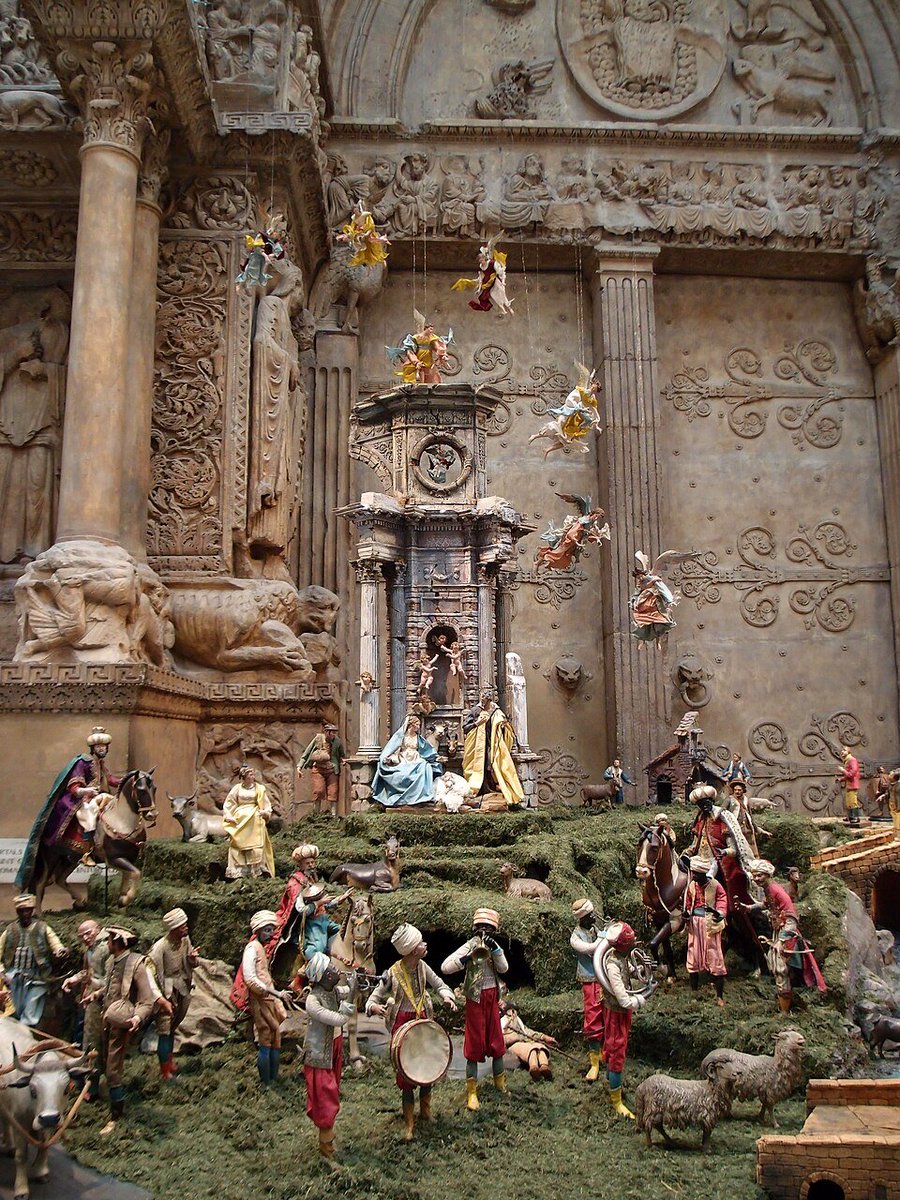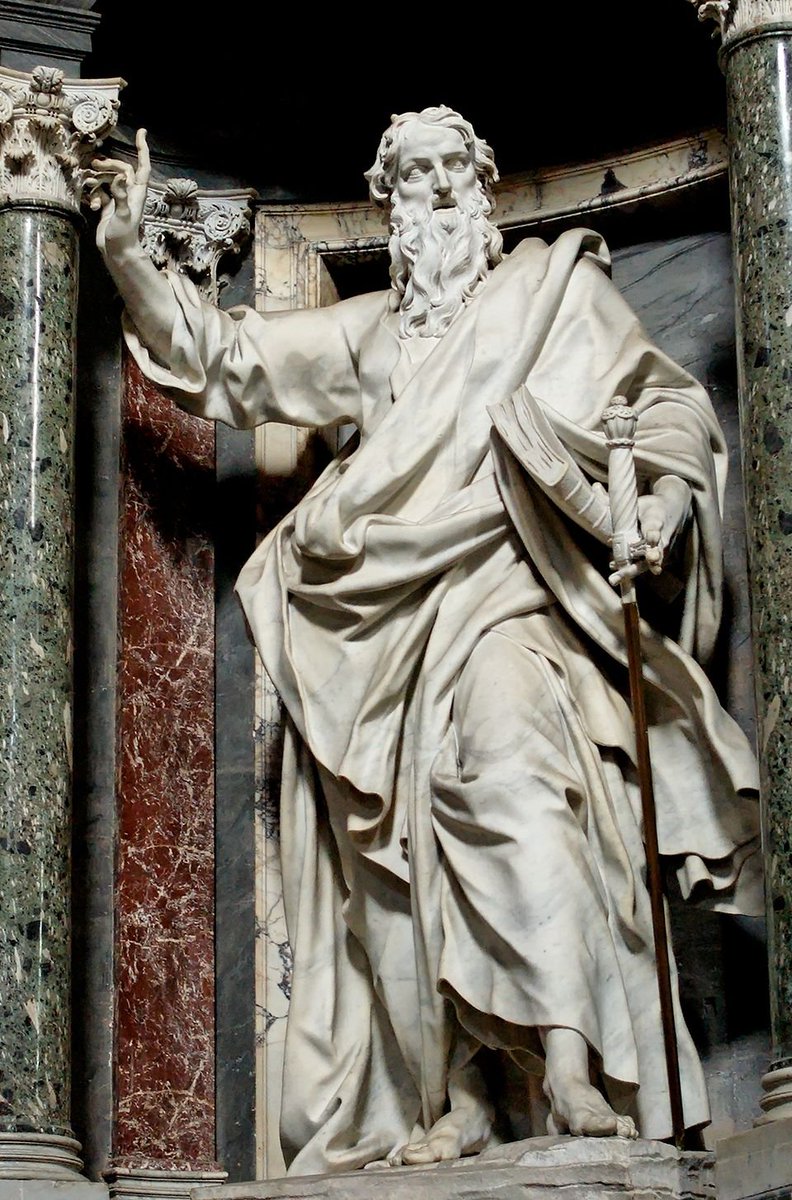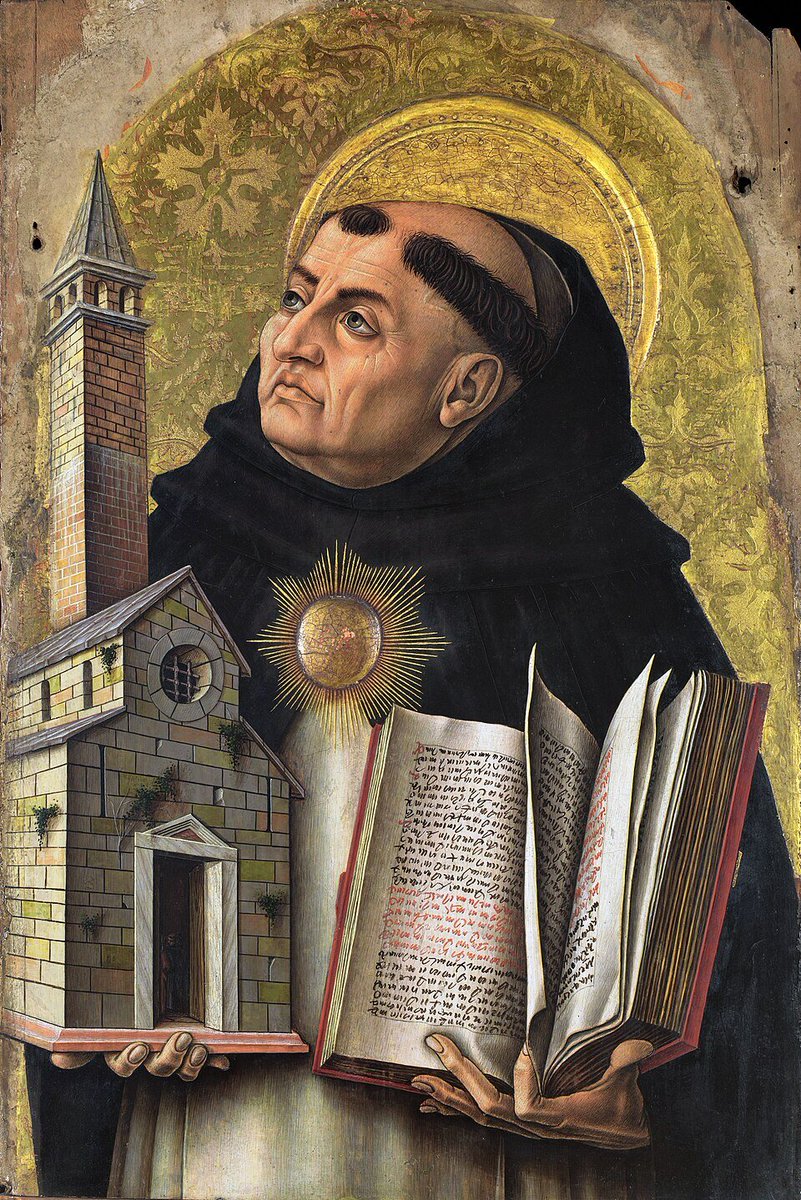The absence of constructing beautiful new buildings is not exclusive to the West!
Indo-Saracenic architecture, a blend of Islamic, Mughal, Gothic, and Neo-Classical styles, beautified 19th-century South Asia.
Let’s explore some examples in Bangladesh, India, and Pakistan. 🧵
Indo-Saracenic architecture, a blend of Islamic, Mughal, Gothic, and Neo-Classical styles, beautified 19th-century South Asia.
Let’s explore some examples in Bangladesh, India, and Pakistan. 🧵

5. Vidhana Soudha in Bangalore, India incorporates elements of Indo-Saracenic and Dravidian styles. It was constructed 1951–1956. 

• • •
Missing some Tweet in this thread? You can try to
force a refresh





































